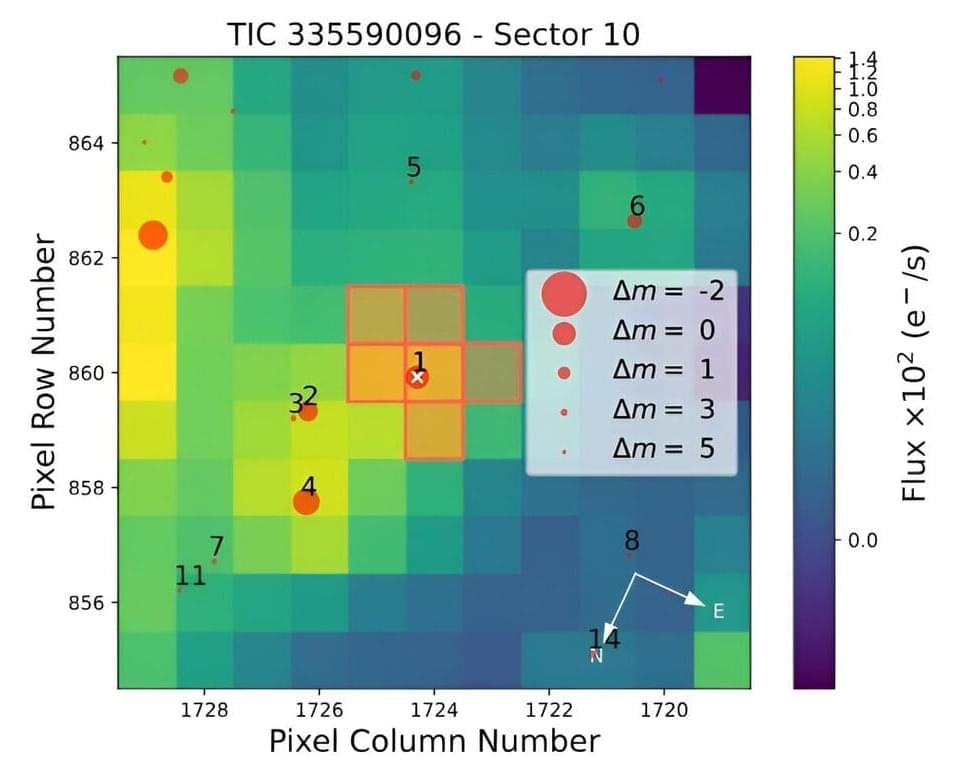In polarized times, our shared cellular origin can unite us in solidarity and awe — from the embryonic scale to the cosmic perspective.




The discipline of systems chemistry deals with the analysis and synthesis of various autocatalytic systems and is therefore closely related to the study of the origin of life, since it investigates systems that can be considered as a transition between chemical and biological evolution: more complex than simple molecules, but simpler than living cells.
Tibor Gánti described the theory of self-replicating microspheres as early as 1978. These still lacked genetic material, but concealed within their membranes an autocatalytic metabolic network of small molecules, isolated (compartmentalized) within their membranes.
As the autocatalytic process takes place, the membrane-building material is also produced, leading to the division of the sphere. This system may appear to be a living cell, and although it lacks genetic material, this can only be verified experimentally. These microspheres can be considered as “infrabiological” chemical systems, since they do not reach the level of biological organization, but they exceed the complexity of normal chemical reactions.

Using NASA’s Transiting Exoplanet Survey Satellite (TESS), an international team of astronomers has discovered a new giant exoplanet transiting a nearby M-dwarf star. The newfound alien world, designated TOI-4860 b, is comparable in size and mass to Saturn. The finding is reported in a paper published August 2 on the pre-print server arXiv.
TESS is conducting a survey of about 200,000 of the brightest stars near the sun with the aim of searching for transiting exoplanets. So far, it has identified over 6,700 candidate exoplanets (TESS Objects of Interest, or TOI), of which 373 have been confirmed so far.
Now, a group of astronomers led by Jose Manuel Almenara of the Grenoble Alpes University in France, reports the confirmation of another TOI monitored by TESS. They identified a transit signal in the light curve of an M-dwarf star known as TOI-4860. The planetary nature of this signal was confirmed by ground-based follow-up photometric observations.



A team from the University of Chicago.
Founded in 1,890, the University of Chicago (UChicago, U of C, or Chicago) is a private research university in Chicago, Illinois. Located on a 217-acre campus in Chicago’s Hyde Park neighborhood, near Lake Michigan, the school holds top-ten positions in various national and international rankings. UChicago is also well known for its professional schools: Pritzker School of Medicine, Booth School of Business, Law School, School of Social Service Administration, Harris School of Public Policy Studies, Divinity School and the Graham School of Continuing Liberal and Professional Studies, and Pritzker School of Molecular Engineering.

Using machine learning, the system could warn us about the emergence of dangerous virus variants in the future and allow us to prepare in advance.
We all know how devastating the COVID-19 pandemic has been – and it could have been even worse if not for the efforts of scientists and health workers around the world. But what if we could get a heads-up on the next most dangerous variants of a virus before they become a global threat?
Well, a new AI system can just do that. It can warn us about the emergence of dangerous virus variants in future pandemics, according to a study by scientists from Scripps Research and Northwestern University in the US.

There was a bit of a hubbub in February as it emerged that OpenAI had seemingly purchased AI.com in order to redirect it to the ChatGPT web interface. But now erstwhile backer, Twitter haver and X lover Elon Musk appears to have taken the valuable domain off their hands, or else someone has done it for him: AI.com now redirects to X.ai, the billionaire’s embryonic machine learning research outfit.
Of course domains are bought and sold every day. But two-letter.com domains are rare and highly expensive, especially those that form words or familiar abbreviations. When AI.com started redirecting to OpenAI’s site, Mashable pointed out that the domain could hardly have sold for less than IT.com’s $3.8 million the previous year, and likely attained a far higher price given the hype around artificial intelligence in general.
No doubt OpenAI hoped that the purchase of AI.com would turn confused URL bar typers into lifetime users. Or perhaps it intended to eventually move its consumer-facing operations (like ChatGPT’s web client) over to the shorter domain. It seems we’ll never know, because now the domain goes to X.ai.
